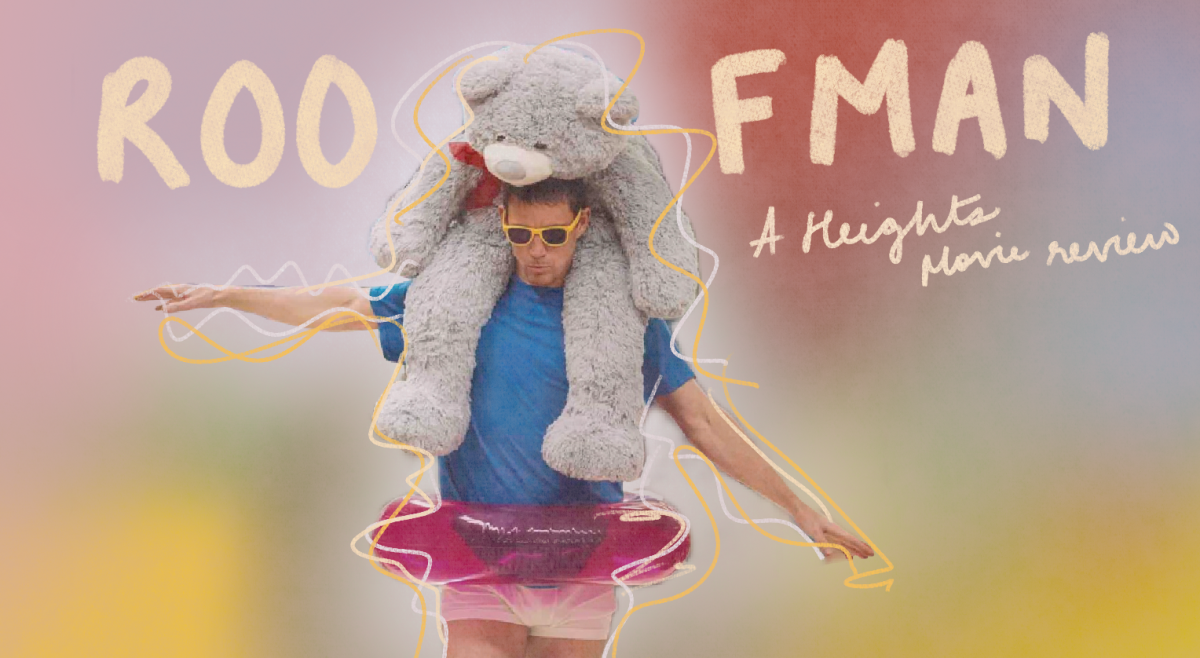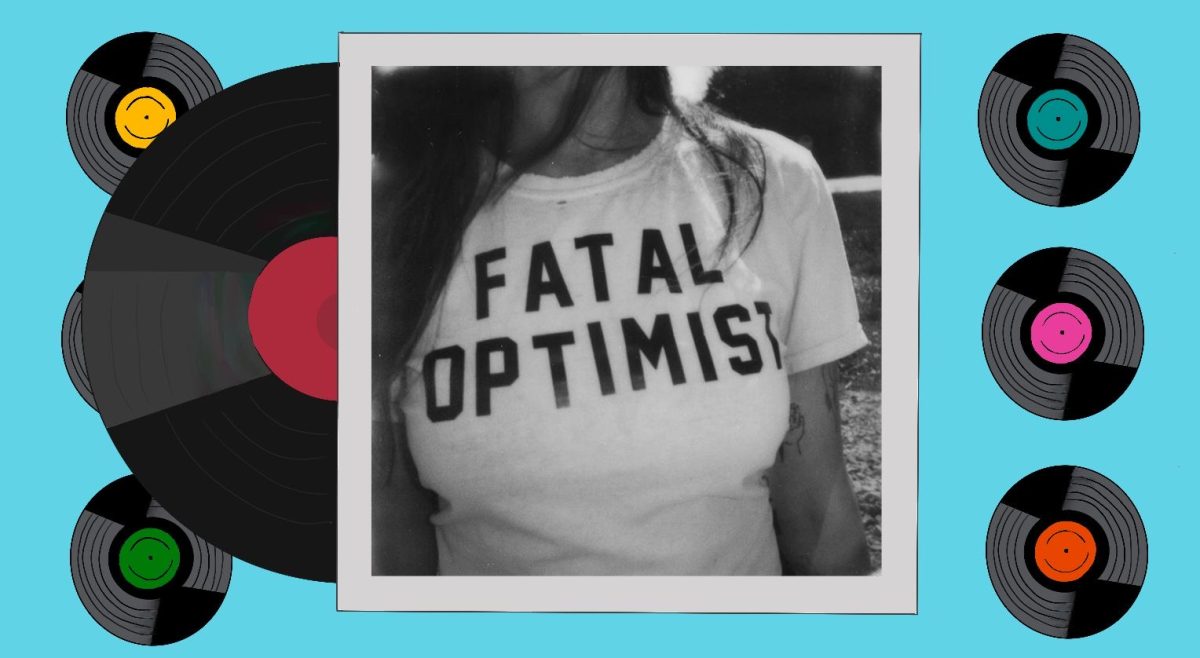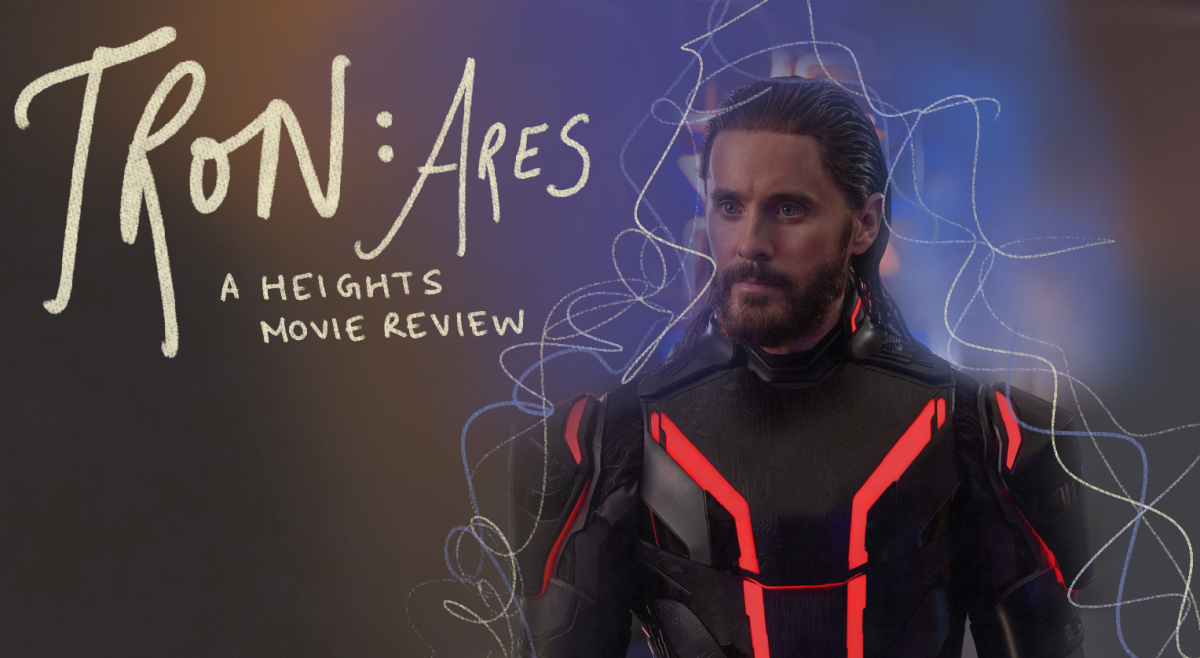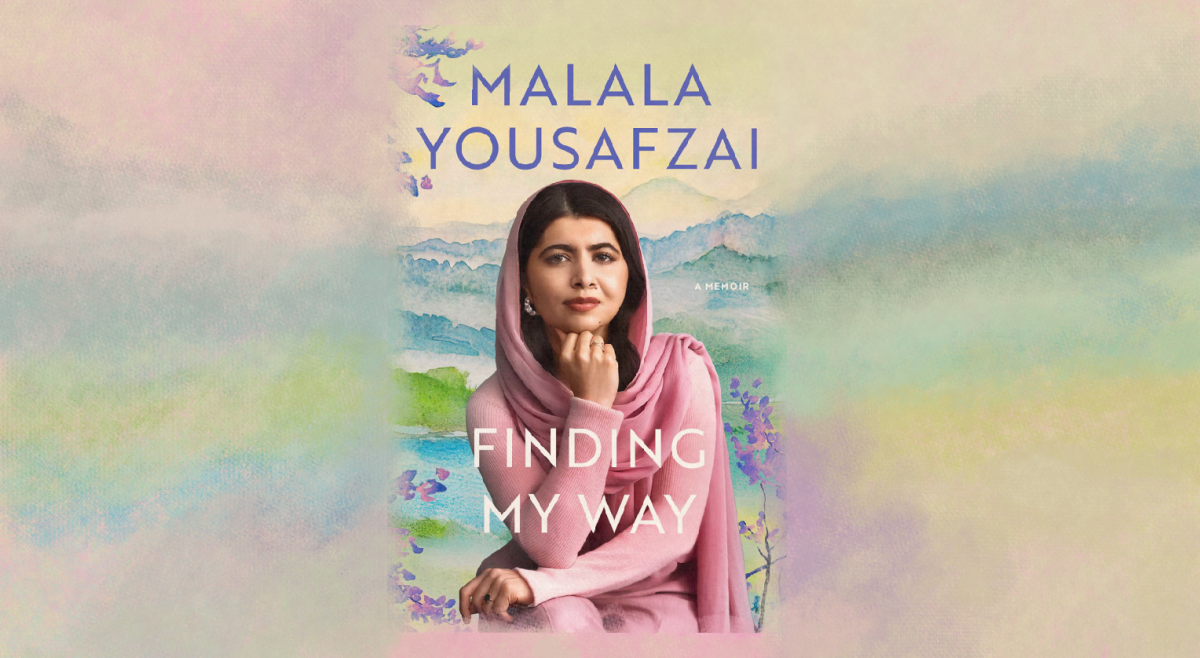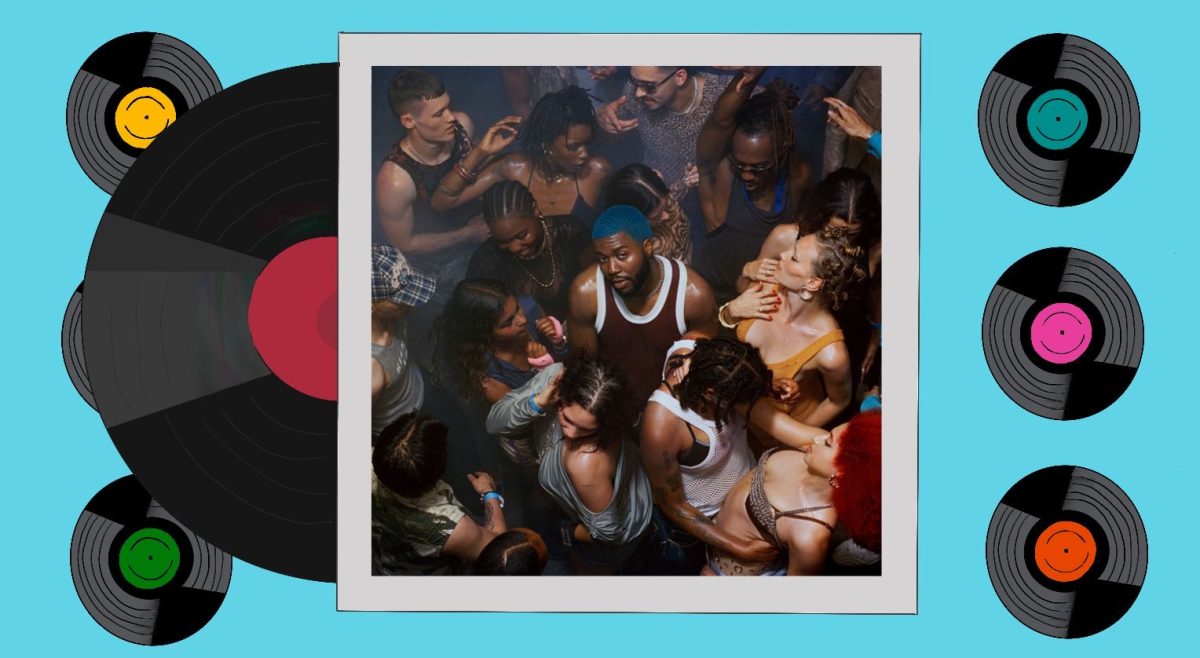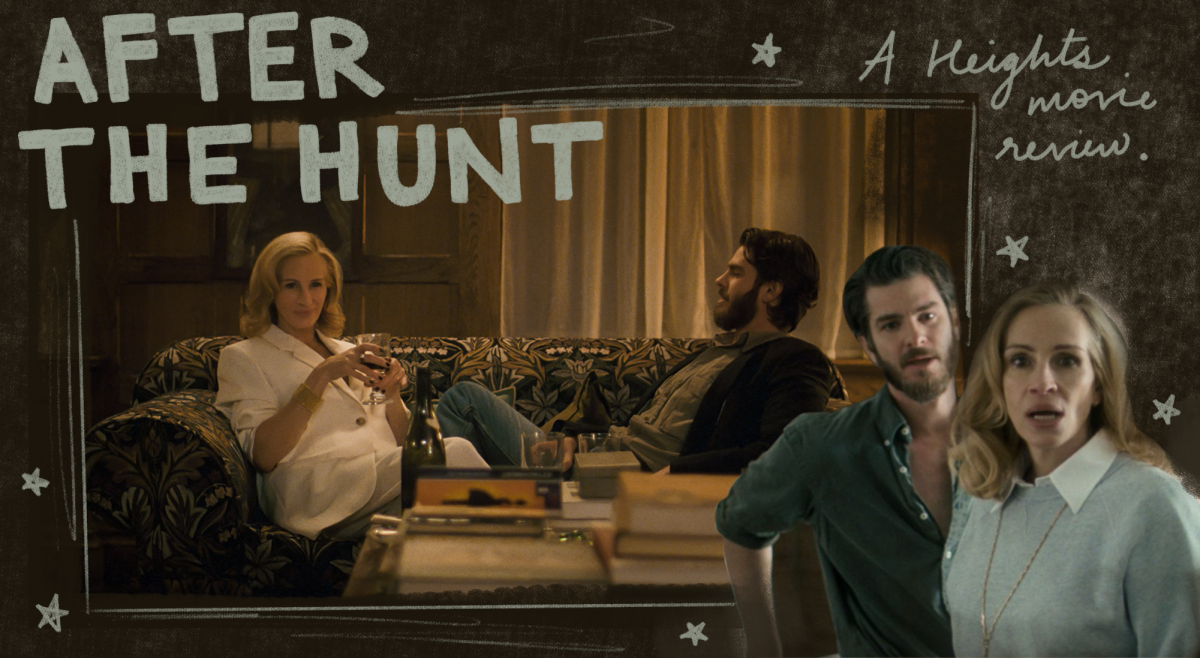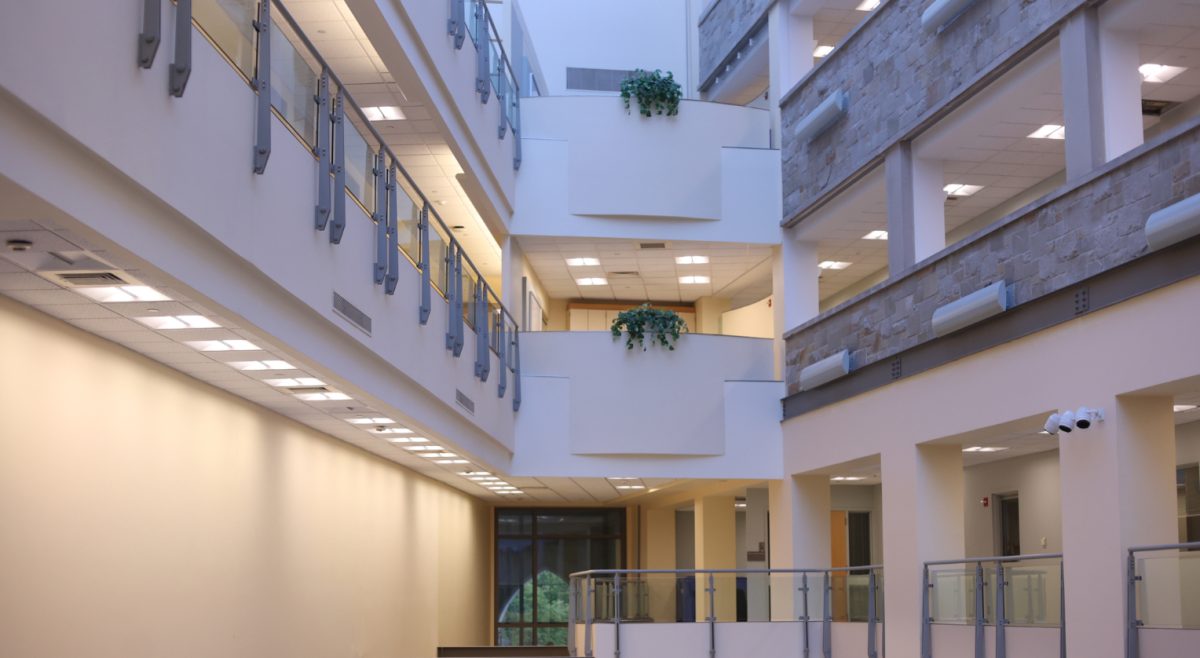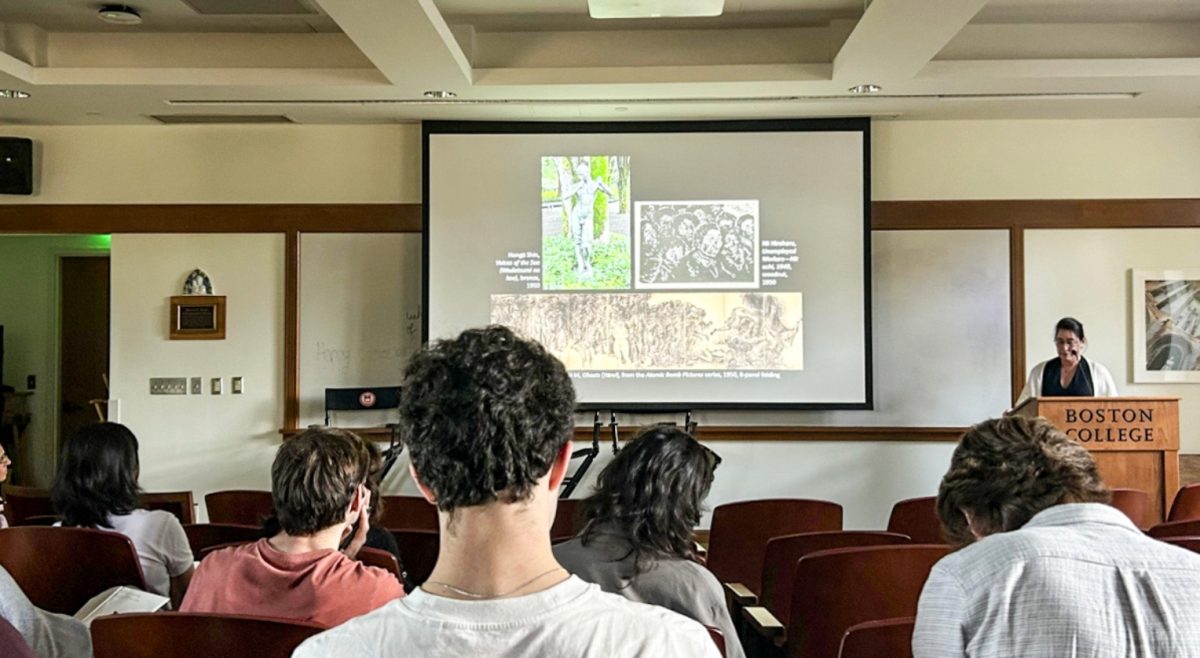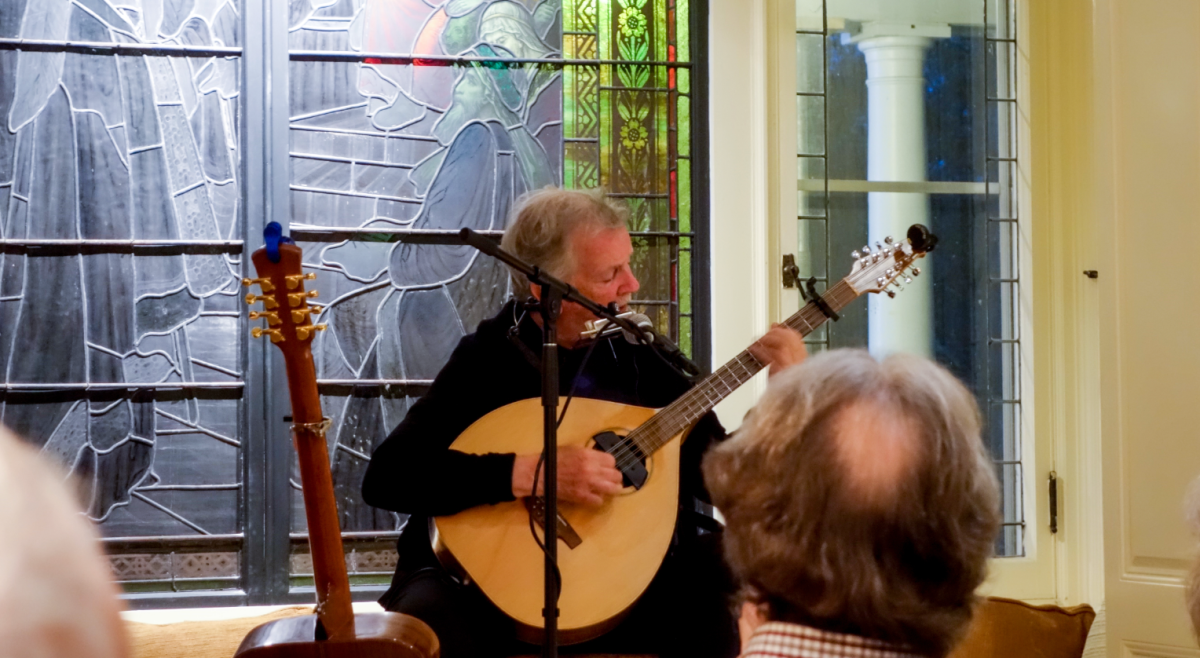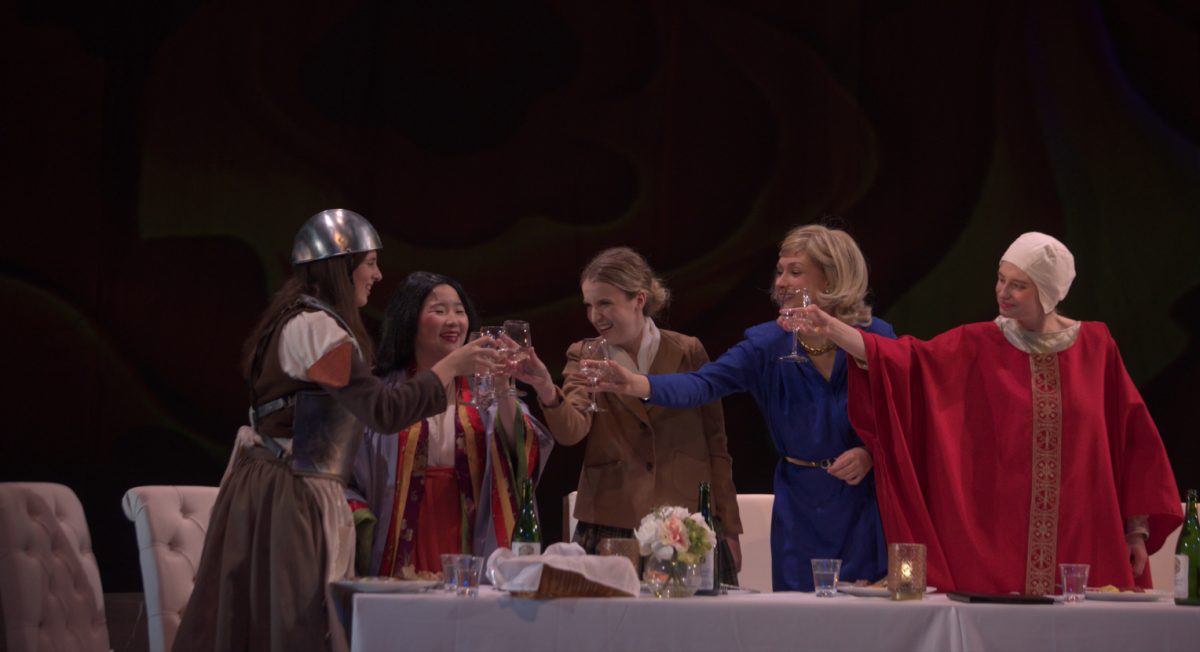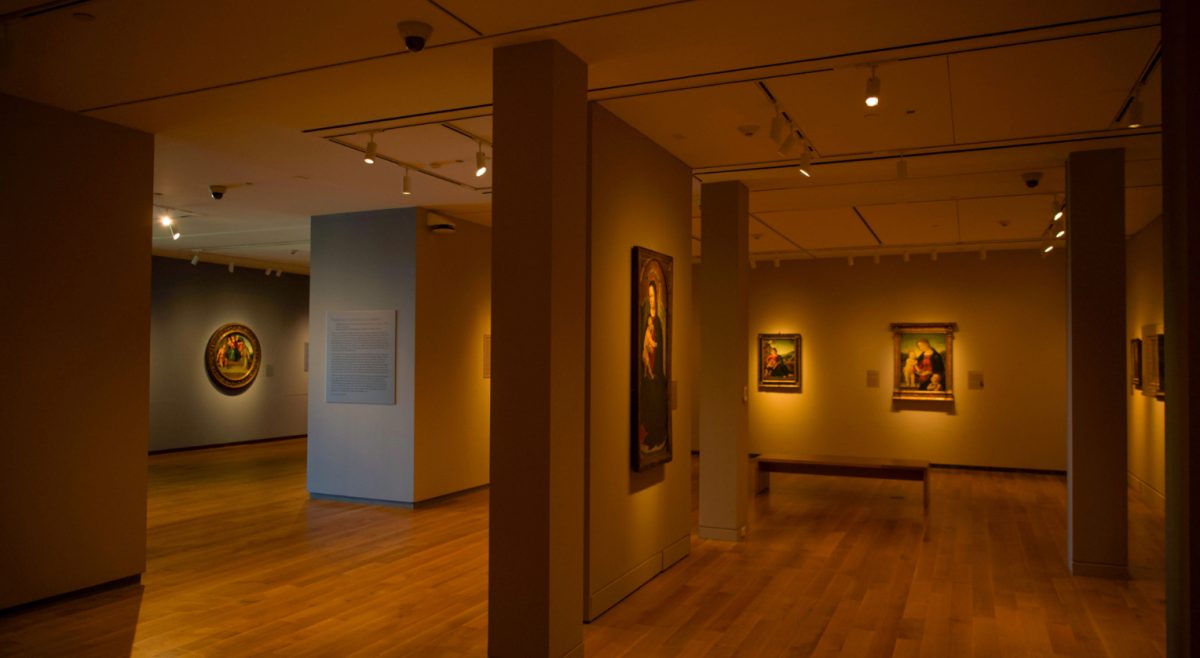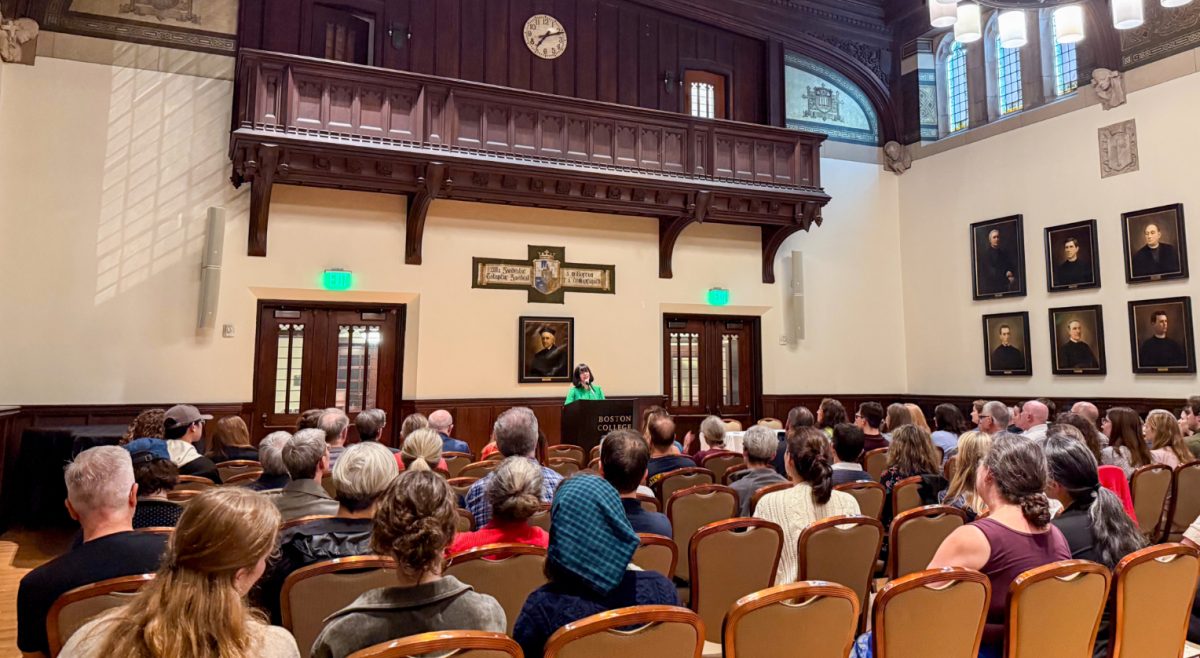What is the purpose of diversity initiatives if intraracial diversity is not widely recognized and celebrated?
Last Thursday evening, the Dominican Association of Boston College (DABC) held its third event of the inaugural Afro-Latinx Week entitled “Representation Matters: Afro-Latinx Identity Through Art” in Gasson Hall. The week was dedicated to celebrating the contributions that African ancestry, history, and culture have had on the Dominican identity.
DABC began the evening art show by presenting the YouTube recording of “Afro-Latina,” a poem by Elizabeth Avecedo, and followed with the video performance of Gabriel Ramirez’s “Realizing I am Black.” At the conclusion of the videos, audience members expressed their reactions to the poems.
One student shared their thoughts about growing to accept their blackness, a common theme in Acevedo and Ramirez’s poems.
“Generationally—it’s interesting … My mom came at a time with no ESL … and she was just having a hard time,” they said. “So her goal was, like, assimilate as quickly as possible, and now [that] I claim something that for her was so difficult to want to identify with, and go natural and make these strides for the first time, [this was something that,] I think, generationally, in my family had never been done. You get these generational points of tension.”
The event also highlighted the art of three Afro-Latinx BC students. First, Franciel Guillen, MCAS ’22, performed an original poem, “Backs Against the Wall.” He explained that his inspiration for the poem came from understanding the contributions immigrants make to the United States and the ongoing controversy over President Trump’s proposed Mexican border wall.
Next, Nicole Rodriguez-Rowe, Lynch ’19, walked the audience through her journey of learning to use photography as a tool to uplift people of marginalized identities. She showed one of the photos she took during the die-in, which occured in the Quad two days before the one-year anniversary of the “Silence is Still Violence” march, last semester.
“Just using [photography is important] to shine some light on these issues in a way that’s more accessible ’cause not everyone can read an article, not everyone can decide to write a dissertation,” Rodriguez-Rowe said. “That’s not accessible to all people, but a picture is worth a thousand words.”
One audience member noted that Rodriguez-Rowe’s photography is important for increasing representation of people of color on campus.
Sthefany Martinez, MCAS ’21, described herself as a painter and a poet. This event allowed her to debut her poetry for public consumption and interpretation. Audience members were encouraged to walk up and read her poems, which were posted on the board at the front of the room.
“The way blackness is defined in America really limits who [is considered] black,” one audience member said. “And [it] ends up excluding Afro-Latinos at sometimes.”
For DABC, the gap in representation necessitated this event, one that successfully celebrated the intersectionality of identity on campus.
Featured Image by Harper Collins


